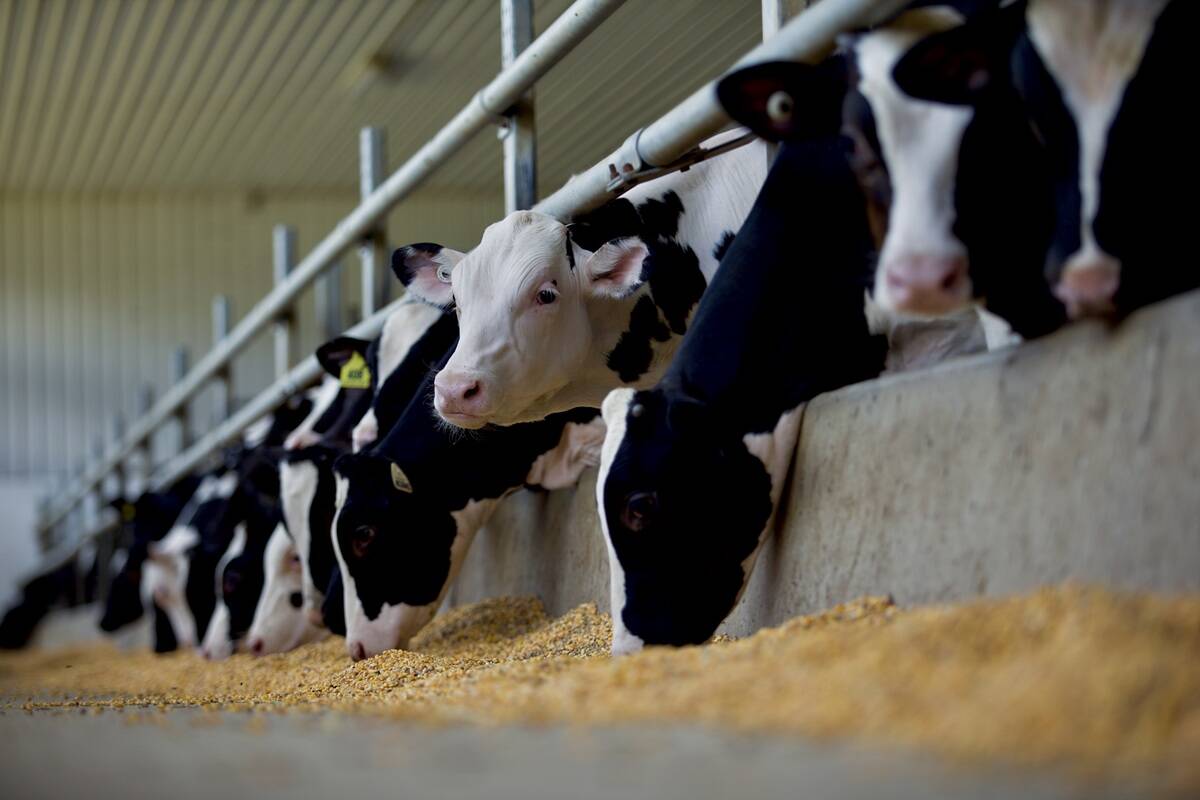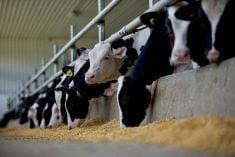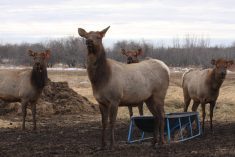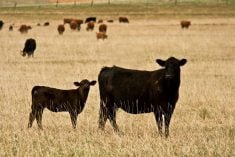By Theopolis Waters
CHICAGO, Dec 17 (Reuters) – Profit taking and fund liquidation undermined CME live cattle futures Tuesday, traders and analysts said.
Fund selling surfaced after nearby trading months slid beneath technical chart levels, which also triggered sell stops.
December live cattle finished down 0.250 cent per pound at 131.750 cents and below the 10-day and 20-day moving averages of 131.885 cents and 131.957 cents, respectively.
February ended at 132.975 cents, 0.525 cent lower. It settled under the 20-day moving average of 133.028 cents.
Tuesday’s market declines and back-to-back holidays limiting packer needs for supplies stirred expectations of steady to lower cash prices this week.
Read Also

Confusion cleared on Canadian calf import changes
A Canadian Food Inspection Agency (CFIA) announcement on import regulations for feeder calves caused some confusion on the administrative side of Canada’s cattle industry earlier this month
Last week, cash cattle in Texas and Kansas sold at $131 per hundredweight, and trades of $130 to $131 were reported in Nebraska, feedlot sources said.
Fewer cattle up for sale this week and the recent wholesale beef firmness may help to minimize potential cash losses.
The morning wholesale choice beef price was up 21 cents per cwt from Monday to $200.18 per cwt., and select cuts climbed $1.18 to $189.59 in light sales volume, based on U.S. Department of Agriculture data.
CME live cattle also felt pressure from losses in the neighbouring feeder cattle pit.
“Corn pressured feeder cattle. That, in turn, weighed on live cattle,” a trader said.
Feeder cattle futures slumped on profit taking after recent market gains and the uptick in Chicago Board of Trade corn prices.
Higher-priced corn could raise input costs for feedlots, discouraging them from buying young cattle.
Feeder cattle for January closed at 167.150 cents per lb., 1.250 cents lower, and March ended down 1.000 cent at 166.375 cents.
HOGS LOWER ON WEAK CASH EXPECTATION
Chicago Mercantile Exchange hog futures fell in anticipation of weaker cash prices as packer demand fades before the Christmas and New Year’s holidays, traders said.
A small number of hogs in the Western corn belt, on average, traded on Tuesday morning at $73.97 per cwt. That price, which was $2.39 lower than on Monday, fell for the third day in a row.
Although some traders were reluctant to base the morning’s cash trade solely on the thinly traded Western market, others viewed those prices as a sign of what may be ahead.
Packers are not expected to actively buy hogs as they plan to shut down packing plants at least one day each week for the next two weeks due to the year-end holidays.
And hogs are plentiful as producers truck animals to market ahead of time to avoid potentially lower-trending cash prices through the middle of next week.
February futures led Tuesday’s declines in part due to wholesale pork prices that although firm, were not up as sharply as they were on Monday.
After surging more than $4 per cwt. on Monday, led by the surprising jump in ham prices, Tuesday morning wholesale pork values gained 6 cents per cwt to $91.20, according to USDA data.
“Monday’s cutout spike was a product of last-minute fill-in ham buying for Christmas. They will top out in price this week,” independent livestock futures trader Dan Norcini said.
February futures’ premium to CME’s hog index, which was at 80.94 cents, sidelined potential buyers and stirred bearish spreads.
February hogs dropped 0.975 cent to close at 85.650 cents, and April hogs finished down 0.650 cent at 90.425 cents.














